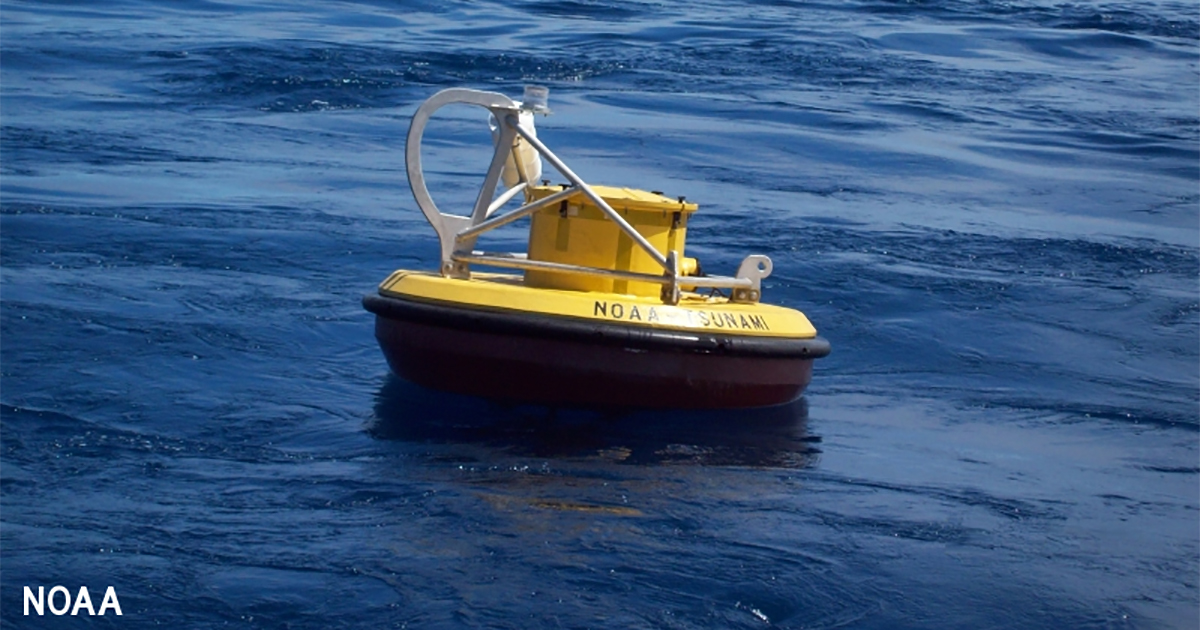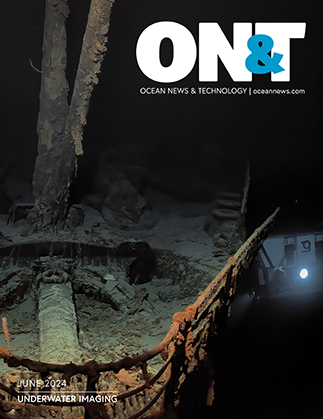“The Biden-Harris Administration is making sure NOAA has the resources and technology needed to track tsunamis and warn coastal communities of threats,” said US Secretary of Commerce Gina Raimondo. “Thanks to President Biden’s Investing in America agenda, this $30 million investment will modernize NOAA’s DART network to improve real-time tsunami forecasts and alerts in order to save lives and keep coastal communities safe.”
The DART system was developed to detect tsunamis and forecast their impact along vulnerable coastlines. NOAA owns and operates an array of 39 DART buoys in the Pacific and Atlantic ocean basins, including the Gulf of Mexico and Caribbean basins. When a tsunami wave moves across the ocean and reaches the DART, the surface buoy — utilizing data from a highly-accurate pressure sensor on the ocean floor — reports sea level information measurements back to the National Weather Service’s Tsunami Warning Centers, where the information is used to produce a tsunami forecast and fine-tune watches and warnings.
“Early detection and real-time reporting of tsunamis is critical to reducing the loss of life in US coastal communities,” said NOAA Administrator Rick Spinrad, Ph.D. “This investment to upgrade the DART network will help improve tsunami detection, warnings and the forecast for intensity and arrival times.”
SAIC will develop more modern equipment to replace the existing equipment on the DART buoys, which is 20 years old. The new systems will make the data used to detect tsunamis more available and reliable and improve the forecast of tsunami intensity and arrival times, as well as the predictions for how tsunami wave inundation would affect coastal communities.
Replacement of the equipment is expected to begin in 2025 and conclude in 2028.
The project is managed by NOAA’s National Data Buoy Center — a division of NOAA’s National Weather Service. Visit NOAA’s Bipartisan Infrastructure Law and Inflation Reduction Act websites to learn about current and future funding opportunities.

